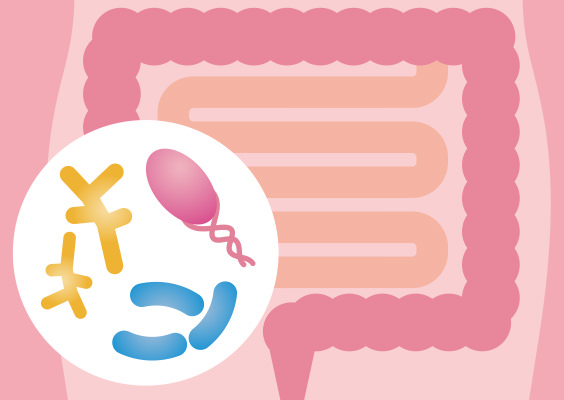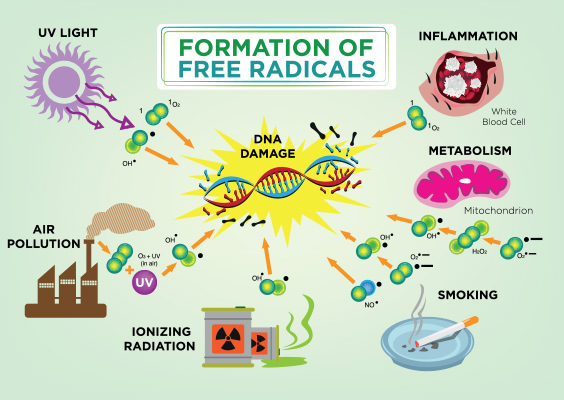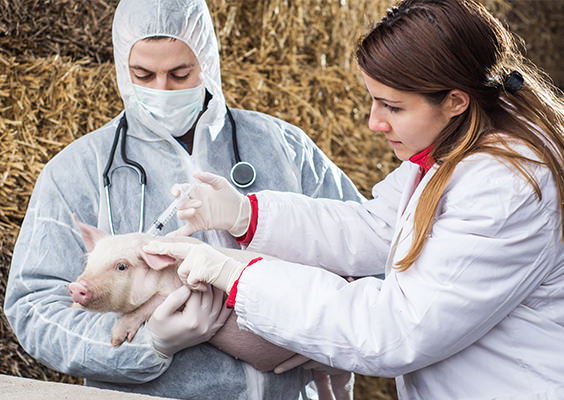
Science is just beginning to understand how important your mitochondria are to warding off the diseases of aging. And, as usual, mainstream medicine is lagging way behind.
Along with your telomeres, the cellular time keepers at the ends of your chromosomes, your mitochondria are another key component of the anti-aging equation.
You see, these tiny organelles in your cells are the power plants that turn fuel into energy for your body. Healthy mitochondria keep you young and energetic.
Research shows that damaged mitochondria can lead to:
- Schizophrenia and bipolar disorder;
- Alzheimer’s and Parkinson’s disease;
- Epilepsy, migraines, and nerve pain;
- Loss of muscle control and balance;
- Strokes, heart disease, and coronary artery disease;
- Chronic fatigue syndrome and fibromyalgia;
- Blindness;
- Diabetes;
- Hepatitis C and cirrhosis.1
Now new research reveals that antibiotics smother your mitochondria.
I’ve been warning about the side effects of antibiotics for years. Yes, they’ve saved many lives. But rampant overuse of these drugs has left us with a slew of health problems.
Antibiotic Side Effects on The Gut
Antibiotics destroy the good bacteria that make up your gut’s flora. They impact digestion, the immune system, and the endocrine system.

Now a study in the journal, Cell Reports, has raised the alarm about tetracyclines.2 These drugs are used for bacterial infections. They treat urinary tract infections, acne, malaria, Lyme disease, rheumatoid arthritis, gonorrhea and others.
What Researchers Found About Antibiotics?
But researchers found that taking these drugs for just a few days changes the way mitochondria work. The drugs actually slow down energy production in your cells.
And it’s not just tetracyclines. A study from Boston University found other antibiotics — including Cipro and ampicillin — cause your cells’ power plants to fail.3
These drugs also trigger a surge of free radicals inside cells that damage DNA.

The mainstream medical community seemed shocked by these findings. But I wasn’t at all surprised.
You see, these little organelles evolved from ancient bacteria. At some point, cells swallowed up these primitive germs. Over time, they have become our cellular power plants.
So it makes common sense. Any drug that targets bacteria will also have an impact on these tiny microbes.
It’s a huge problem, given how widespread antibiotic use has become. In the U.S., roughly 40% of all adults and 70% of all children take at least one of these drugs a year.
But the problem isn’t just with the script your doctor writes. In 2011 alone, 5.6 million kilograms of tetracycline were fed to U.S. livestock. You’re exposed every day to those drugs when you eat meat from those animals.

And as we get older the problem becomes worse. Children have mitochondria to spare. But as you age these little organelles decay, become weaker and die off. The key to staying young is keeping your mitochondria healthy and creating even MORE of them.
Here at the Sears Institute for Anti-Aging Medicine, I use a variety of therapies to reverse mitochondrial damage and increase the supply of these little power generators.
Here are three things you can do at home to boost your mitochondria:
- Intensify Your Workout: Short bursts of intense exercise are the fastest way to spark your mitochondria. If you follow my PACE program, you’ve probably felt the surge of energy this type of workout gives you.

PACE can actually INCREASE the number of mitochondria in your cells. I’ve seen it work for my patients and research confirms it. Researchers in Sweden had people perform 30 seconds of all-out cycling followed by a brief period of rest. The subjects repeated this six times. That’s all it took to generate healthy new mitochondria in ALL of the subjects.4
- Spark More Energy in Every Cell: For years I’ve been recommending CoQ10 to my patients. One way CoQ10 works is by sparking your aging mitochondria to make more energy. But there’s another super-nutrient I recommend for energy. It’s called pyrroloquinoline quinone, or PQQ. It neutralizes free radicals that damage and kill off your mitochondria. At the same time, PQQ triggers your cells to build healthy new power generators.

You can get PQQ from kiwi fruit, sweet green peppers, carrots, cabbage, sweet potatoes, and bananas. But for best results I recommend 10 mg daily of PQQ as a supplement along with 50 mg of CoQ10. Both are key to helping your mitochondria stay healthy. Look for the ubiquinol form of CoQ10. It’s more powerful and much easier for your body to absorb.
- Eat More Red Meat: Mitochondria often fail from lack of L-carnitine. This amino acid helps break down fatty acids needed to produce energy.5 Your body converts L-carnitine to acetyl-L-carnitine (ALC). Studies show when your mitochondria slow down, ALC can fire them up again.6

Researchers at the University of California found boosting levels of ALC reverses the malfunction in mitochondria. And it helps keep them operating smoothly.7 The best source of L-carnitine is red meat. But avoid nutrient-depleted, grain-fed beef that’s full of antibiotics. Instead look for grass-fed beef.I also recommend taking at least 500 mg of ALC every day. Take it on an empty stomach. Look for a formula that contains only L-carnitine and not DL-carnitine, which is synthetic and interferes with the action of natural L-carnitine. Also, liquid ALC is more absorbable than powders and capsules.
To Your Good Health,

Al Sears, MD, CNS
References:
1 Neustadt J, Pieczenik SR. “Medication-induced mitochondrial damage and disease.” Mol Nutr Food Res. 2008;52(7):780-8.
2 N. Moullan et al., “Tetracyclines disturb mitochondrial function across eukaryotic models: a call for caution in biomedical research.” Cell Reports, 2015; Volume 10, Issue 10, p1681–1691.
3 S. Kalghatgi et al., “Bactericidal antibiotics induce mitochondrial dysfunction and oxidative damage in mammalian cells,” Science Translational Medicine, 2013;5(192):192ra85.
4 Larsen FJ, Schiffer TA, Ørtenblad N, et al. “High-intensity sprint training inhibits mitochondrial respiration through aconitase inactivation.” FASEB J. 2016;30(1):417-27.
5 Opalka, J., Gellerich, F., Zierz, S. “Age and sex dependency of carnitine concentrations in human serum and skeletal muscle.” Clinical Chemistry 2001, 47: 12, 2150-2153.
6 Kidd PM. “Neurodegeneration from mitochondrial insufficiency: nutrients, stem cells, growth factors, and prospects for brain rebuilding using integrative management.” Altern Med Rev. 2005; 10(4):268-93.
7 Hagen, T., Wehr, C., and Ames, B. “Mitochondrial decay in aging—Reversal through supplementation of Acetyl-L-Carnitine and N-tert-Butylalpha-phenyl-nitrone.” Annals NY Acad Sci, Vol 854, Towards Prolongation of the Healthy Life Span—Practical Approaches to Intervention, 1998,214-223.
